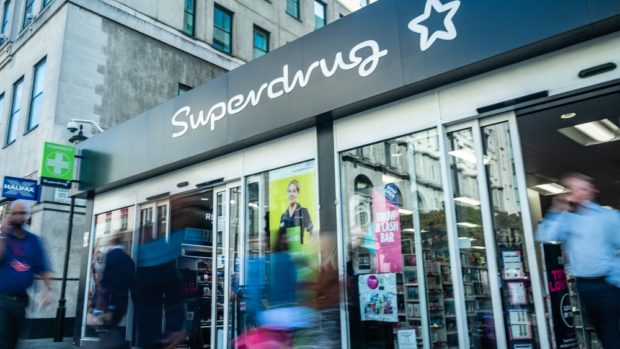A survey carried out by online brand protection specialist MarkMonitor® has revealed that almost three quarters (73 per cent) of brands have seen their sales negatively affected as a result of counterfeit goods being sold online. 42 per cent of respondents stated they had lost up to 10 per cent of their sales, while more than one in five (23 per cent) believed the impact was somewhere between 11-50 per cent.
150 business executives, including representatives from an array of global brands, took part in the survey as part of the MarkMonitor Annual Spring Symposium. The results provide an insight into the current state of the online counterfeit marketplace and general awareness around the latest market trends. Figures from this year’s survey are down, compared to last year, which found that 86per cent of brands had been impacted in some way by counterfeit goods, with 39 per cent saying that 11-50 per cent of sales had been substituted by counterfeits.
Chrissie Jamieson, senior director marketing communications, MarkMonitor, a brand of Clarivate Analytics, says: “While this year’s figures are an improvement on what we found from the 2016 Symposium, it is clear that brands still have their work cut out when it comes to protecting themselves and their customers against the financial implications caused by counterfeit goods. There are numerous methods that exist for effectively mitigating the counterfeiting threat — it’s simply a case now of helping brands actually put those measures in place.”
The survey also found that 65 per cent of all respondents believed damage to brand reputation to be the most significant factor of online counterfeit abuse. Interestingly, the issue of losing sales to counterfeited or pirated goods was only expressed as the most important aspect by 26 per cent.
Encouragingly, there is also a growing awareness around the importance of a comprehensive online brand protection strategy. Almost two-thirds (62 per cent) of all respondents believed these strategies need to encompass all aspects of Internet platforms, including marketplaces, websites, social media and mobile apps — an increase upon last year’s figure of 59 per cent.
As well as questions around brand protection, attendees of the Spring Symposium were also quizzed on emerging counterfeit trends, including the dark web. 61 per cent of all respondents said that they didn’t understand or only partially understood what the dark web is, and 54 per cent were unsure as to whether the dark web had affected their brand.
“The findings from the dark web-related questions show that there is a serious need to raise widespread awareness around what the dark web actually is and how it can damage brands financially and reputationally,” said Jamieson. “The counterfeiting threat is persistent and evolving, and so it continues to demand a proactive approach from businesses if they are to successfully protect themselves. This is why it is just as important as ever to adopt a robust brand protection strategy that anticipates and incorporates the latest trends and evolving threats.”








Share